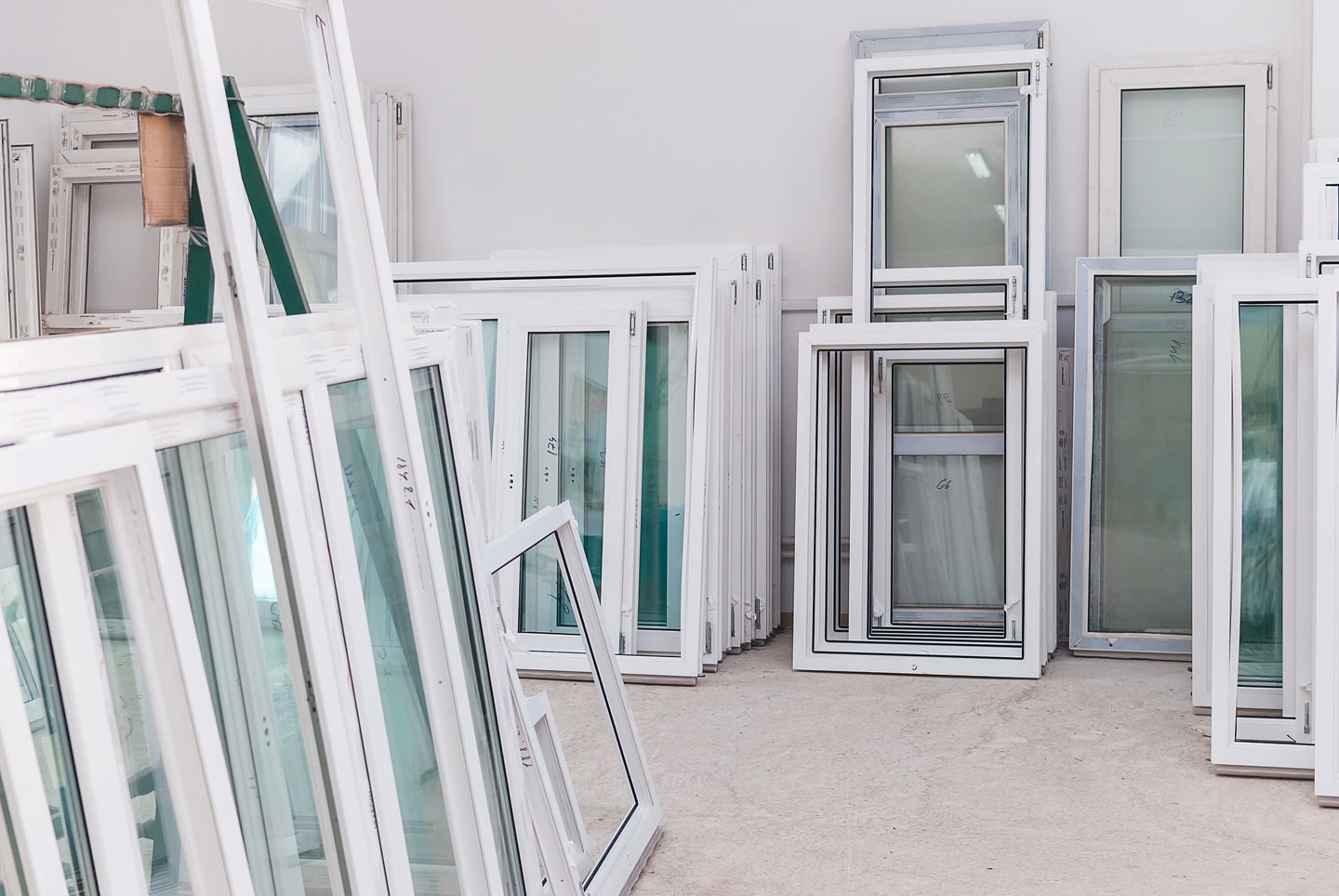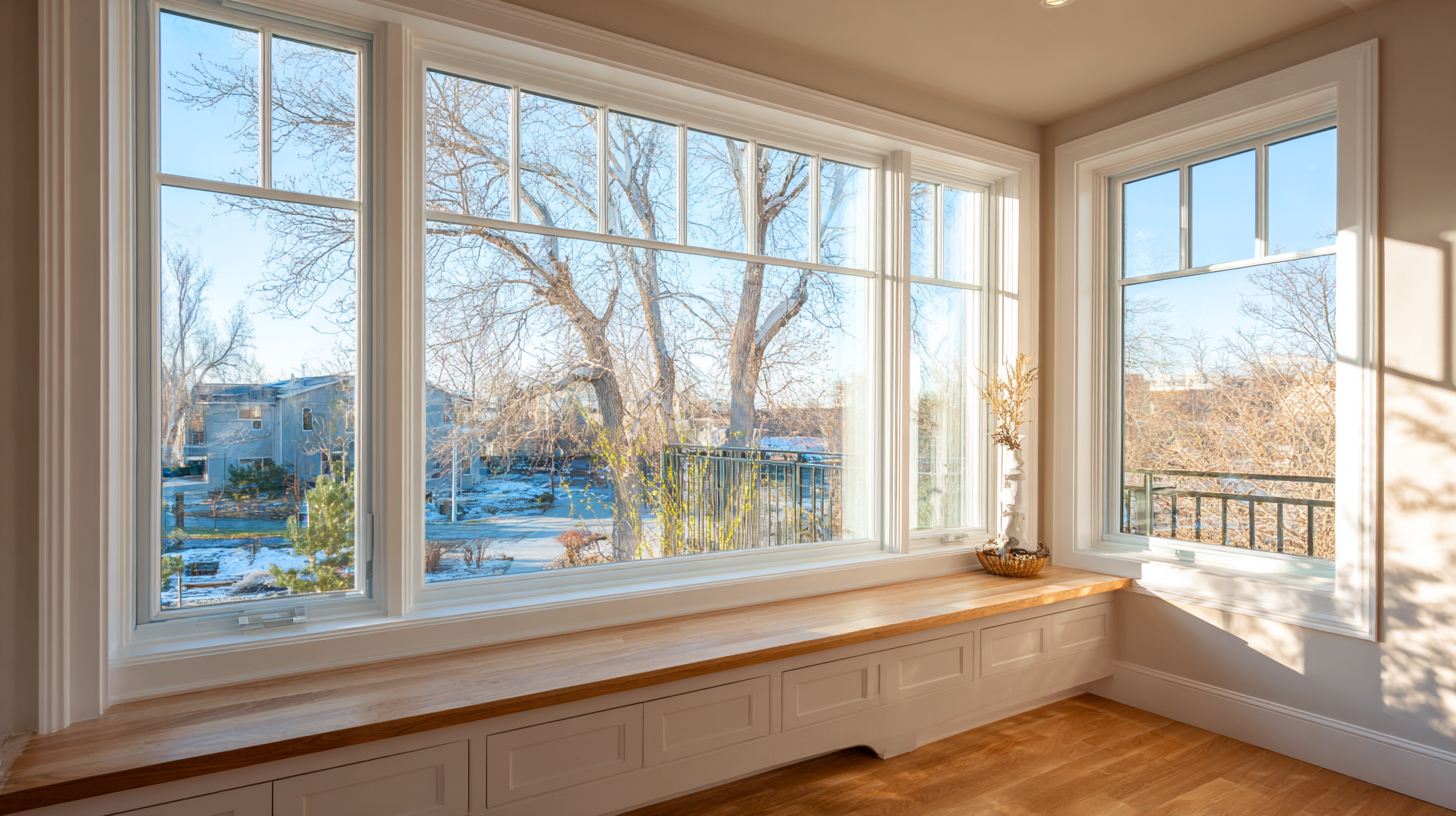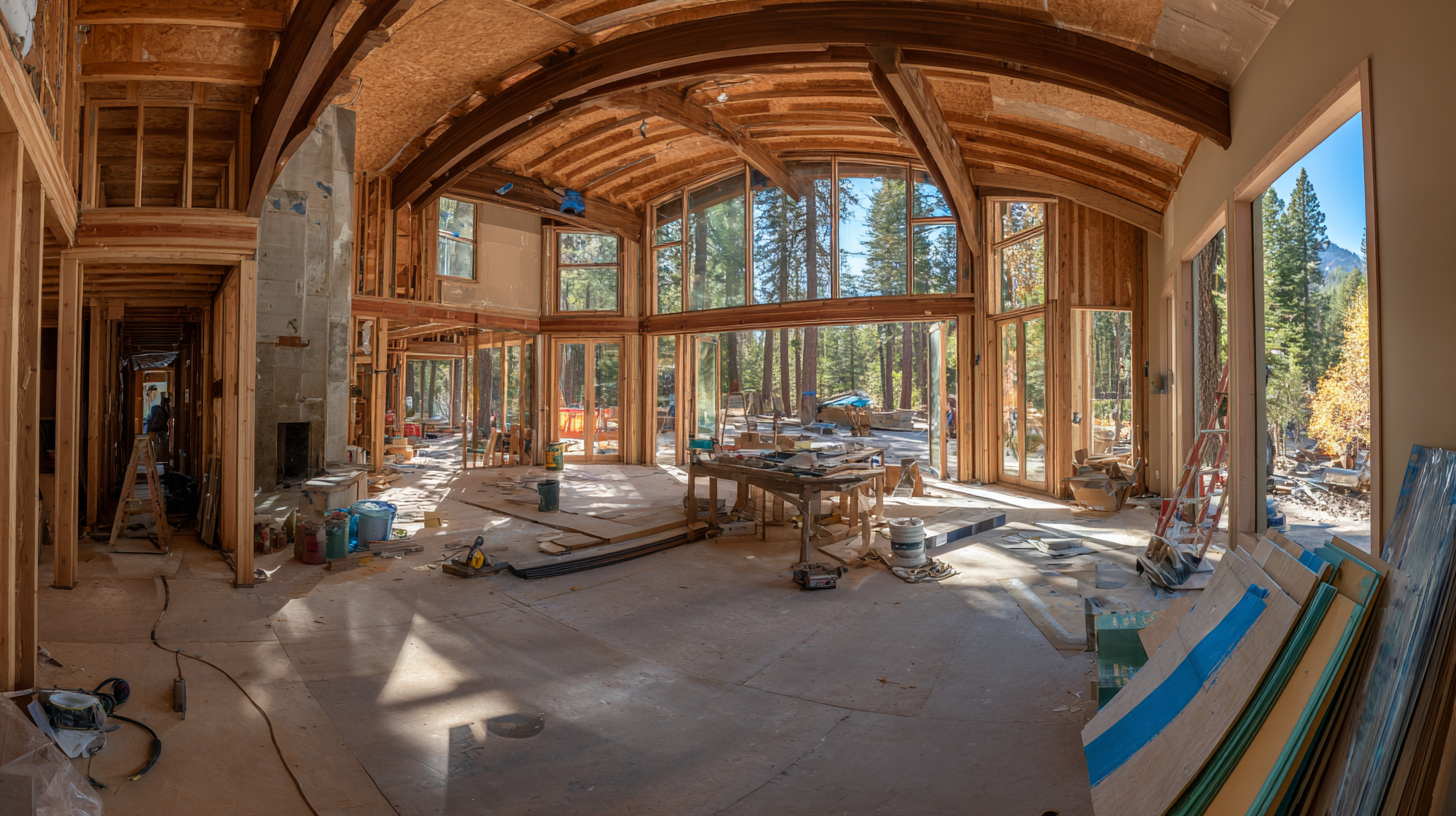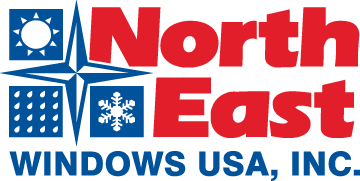
The Future of Best Window Installation Trends Shaping Energy Efficiency Standards
The landscape of window installation is rapidly evolving, driven by the urgent need for energy efficiency and sustainable building practices. According to the U.S. Department of Energy, windows account for around 25-30% of residential heating and cooling energy use, emphasizing the critical role that high-performance window systems play in reducing energy consumption.

With advancements in technology and innovative design solutions, trends such as triple glazing, low-E coatings, and smart windows are becoming integral to modern installations. Furthermore, industry reports indicate that energy-efficient windows can save homeowners an average of $465 annually in energy bills, aligning with the growing push towards eco-friendly living.
As we delve into the future of window installation, we will explore these trends and offer practical tips to help homeowners and builders adapt to the rising standards for energy efficiency.
Emerging Materials in Window Installation for Enhanced Energy Efficiency
Emerging materials in window installation are revolutionizing energy efficiency standards within the construction industry. Advanced fenestration research has shown that new window technologies can lead to energy savings of up to 12% on energy bills. This statistic underscores the significance of incorporating innovative materials that enhance thermal performance and reduce heating and cooling demands in residential and commercial buildings. For instance, phase-change thermochromic coatings are being developed to dynamically regulate heat gain, providing adaptive energy efficiency that can significantly lower overall energy consumption.
Additionally, the integration of photovoltaic technology into window designs is paving the way for energy-generating windows, further pushing the boundaries of energy efficiency. As researchers continue to explore materials that allow windows to react to environmental conditions, the optimization of thermo-responsive dynamic windows has emerged as a promising solution. These advanced windows not only improve occupant comfort but also contribute to the sustainability goals of modern construction practices by minimizing reliance on traditional energy systems. The shift towards these emerging materials marks a critical advancement in the pursuit of sustainable building solutions that align with contemporary energy efficiency standards.
The Role of Smart Technology in Modern Window Solutions
The integration of smart technology into modern window solutions is revolutionizing energy efficiency standards in home design and construction. Smart windows, equipped with advanced sensors and automation features, allow homeowners to control light and temperature more effectively than ever before. These windows can adjust their tint based on the intensity of sunlight, reducing the need for excessive heating or cooling and ultimately cutting down on energy consumption. As a result, homeowners benefit not only from increased comfort but also from substantial savings on their energy bills.
Moreover, smart technology enhances the overall functionality of windows, enabling real-time monitoring and data analysis. Homeowners can track their energy use through mobile applications, allowing them to make informed decisions about their home’s energy management. Features like remote operation and integration with smart home systems further streamline the user experience, positioning smart windows as a critical component in the broader movement toward sustainable living. As these technologies continue to evolve, the future of window installation will undoubtedly be shaped by the demand for smarter, more energy-efficient solutions that align with modern environmental standards.

Sustainable Practices in Window Manufacturing and Installation
Sustainable practices in window manufacturing and installation are becoming increasingly critical as homeowners and builders seek to enhance energy efficiency. Manufacturers are now focusing on eco-friendly materials, such as recycled glass and sustainable wood, to reduce the environmental impact of windows. By employing these materials, companies can produce durable windows that not only contribute to energy savings but also minimize waste in landfills. Advanced technologies, such as low-emissivity (Low-E) coatings, further improve the energy performance of windows, reflecting heat while allowing light to pass through, thus reducing reliance on heating and cooling systems.
In addition to using sustainable materials, installation practices are evolving to support energy efficiency. Proper installation is vital in preventing air leaks, which can undermine the performance of even the highest quality windows. Professionals are now utilizing precision tools and techniques that ensure a tight fit and seal, contributing to better insulation and overall energy savings. Furthermore, training programs for installers are being developed to raise awareness about the importance of sustainability, ensuring that these best practices are universally adopted throughout the industry. By focusing on both production and installation, the window industry is paving the way for a more energy-efficient future.
Comparative Analysis of Traditional vs. Alternative Window Types
As energy efficiency standards evolve, the choice between traditional and alternative window types becomes crucial for homeowners seeking to enhance their sustainability efforts. Traditional windows, often made with single or double-pane glass, can fall short in insulating properties, leading to higher energy costs and less effective temperature regulation. Nevertheless, their classic aesthetic appeals to many homeowners. With proper installation and quality frames, these windows can still provide moderate energy efficiency, particularly when incorporated with energy-saving glass coatings.
In contrast, alternative window types, such as vinyl, fiberglass, and triple-glazed options, are gaining traction due to their superior insulation capabilities and modern designs. Vinyl windows, for example, are known for their maintenance-free durability and excellent thermal performance, while fiberglass windows offer exceptional strength and energy performance that can outperform traditional wood options. Triple-glazed windows, featuring an additional pane of glass, significantly reduce heat transfer and can lower energy bills for homeowners in colder climates. The comparative analysis of these window types reveals that investing in alternative options can yield not only immediate savings but also long-term benefits for energy conservation and environmental sustainability.

Future Regulations Impacting Window Energy Performance Standards
The landscape of building regulations is rapidly evolving, particularly in the realm of window energy performance standards. As new legislation emerges, compliance will demand more from manufacturers and builders alike. Future regulations will likely emphasize the integration of advanced materials and innovative designs that enhance energy efficiency, reflecting a broader commitment to sustainability and climate change mitigation. By mandating higher performance metrics, these standards not only aim to reduce energy consumption in homes and commercial buildings but also promote the development of cutting-edge technologies in window design.
In light of these upcoming regulations, it is crucial for industry professionals to stay informed about changing requirements. The trend toward more stringent energy performance standards will necessitate a reevaluation of current practices in window installation. This shift could inspire collaborations between architects, engineers, and manufacturers to devise solutions that meet or exceed new benchmarks. As energy efficiency becomes a priority, embracing these regulatory changes will be vital for staying competitive in the market and fostering long-term environmental benefits.
The Future of Best Window Installation Trends Shaping Energy Efficiency Standards
| Trend | Description | Impact on Energy Efficiency | Expected Regulation Changes |
|---|---|---|---|
| Triple Glazing | Use of three layers of glass to reduce heat loss. | Significantly improves insulation, lowering heating costs. | Increased requirements for U-values in residential buildings. |
| Low-E Coatings | Coatings that reflect infrared light while allowing visible light in. | Improves solar heat gain and reduces energy consumption. | Potential mandates for Low-E coatings in commercial applications. |
| Energy Star Certification | Products meeting strict energy efficiency guidelines set by the EPA. | Enhances marketability and allows for tax rebates. | Stricter compliance regulations anticipated for new products. |
| Smart Windows | Windows that can adjust their properties based on environmental conditions. | Reduces reliance on HVAC systems and promotes energy savings. | Emerging regulations for integrating IoT with energy standards. |

